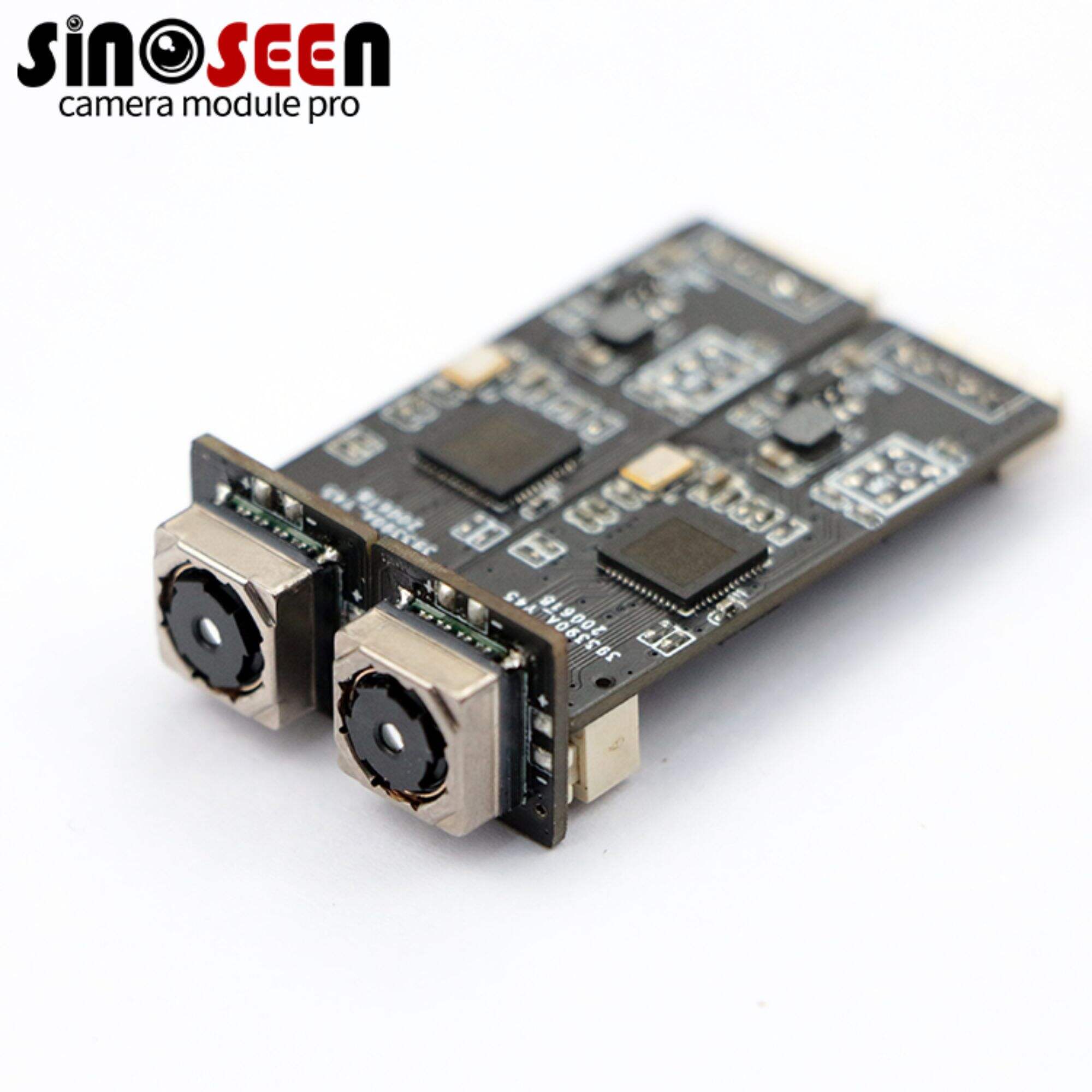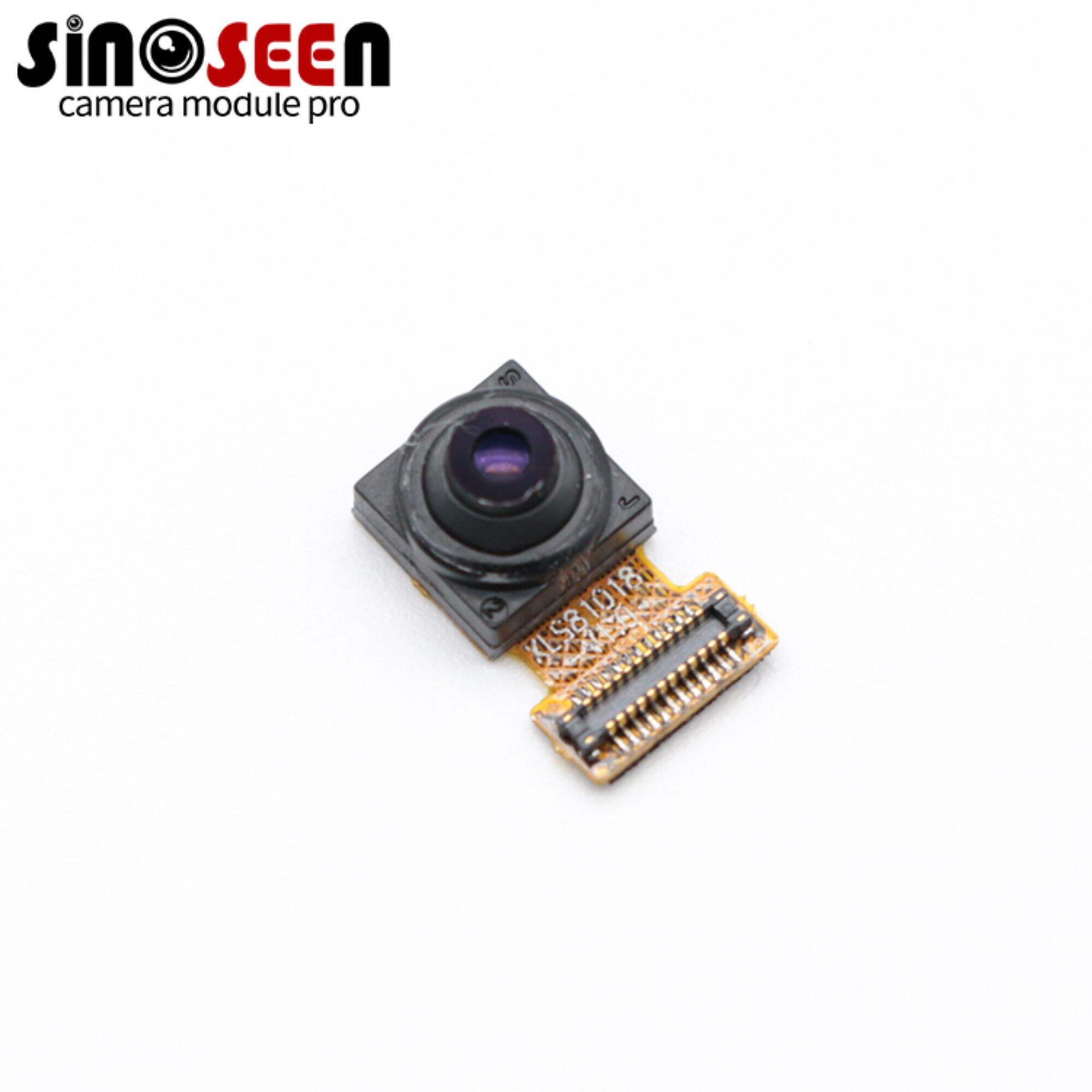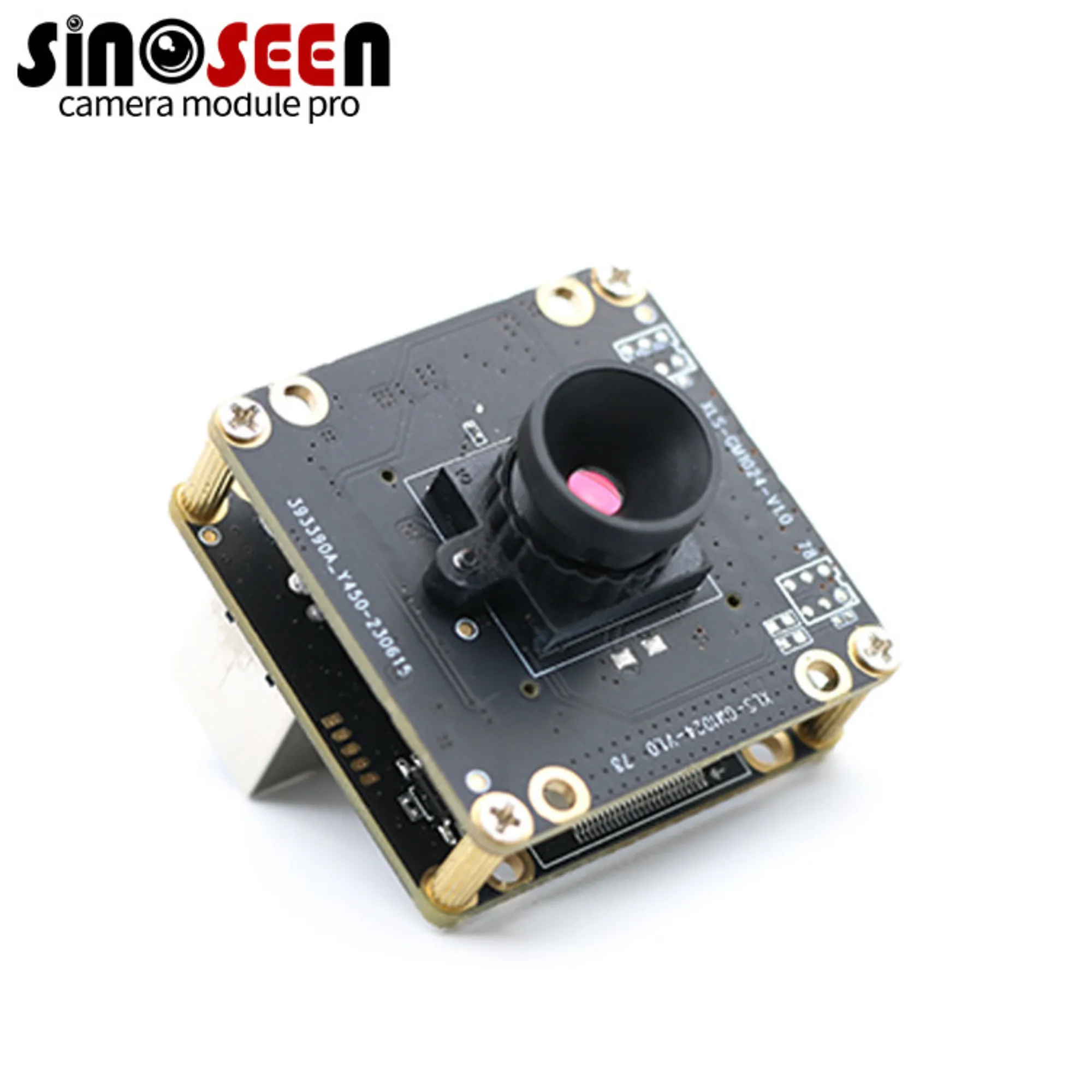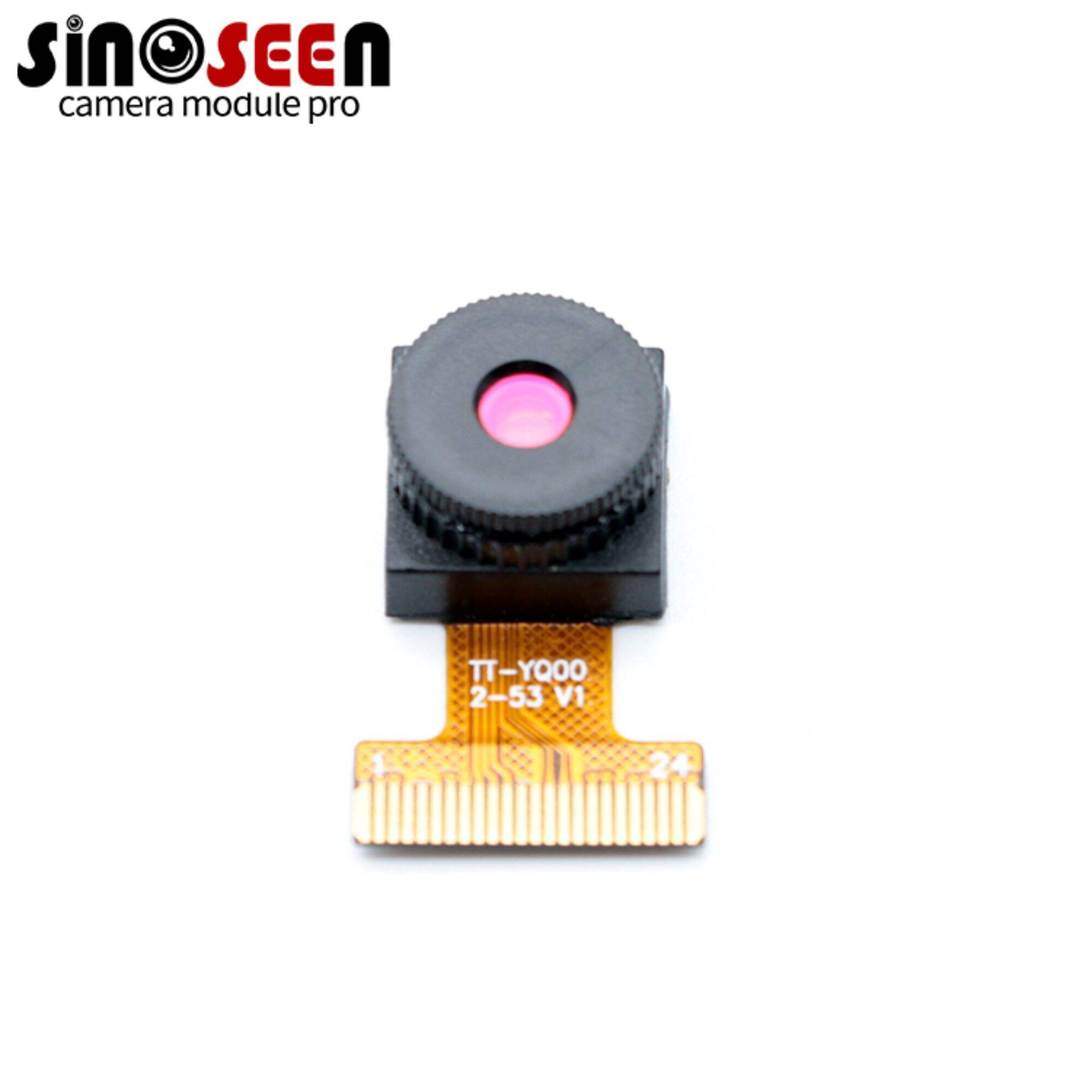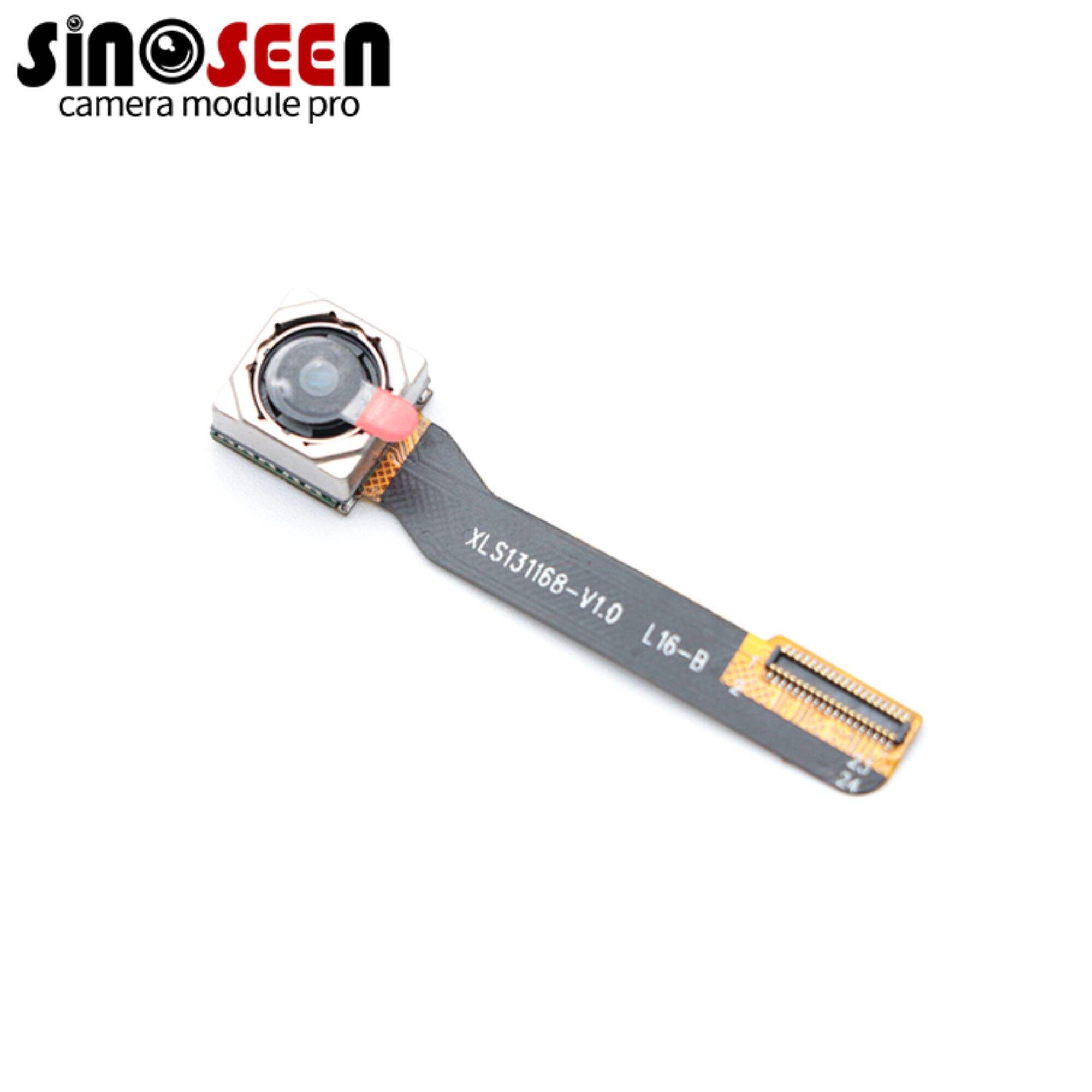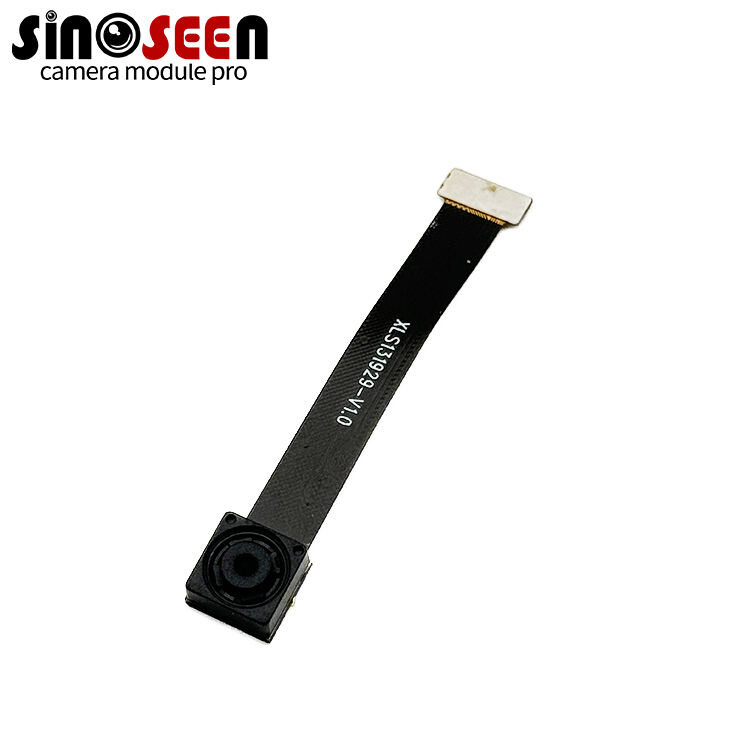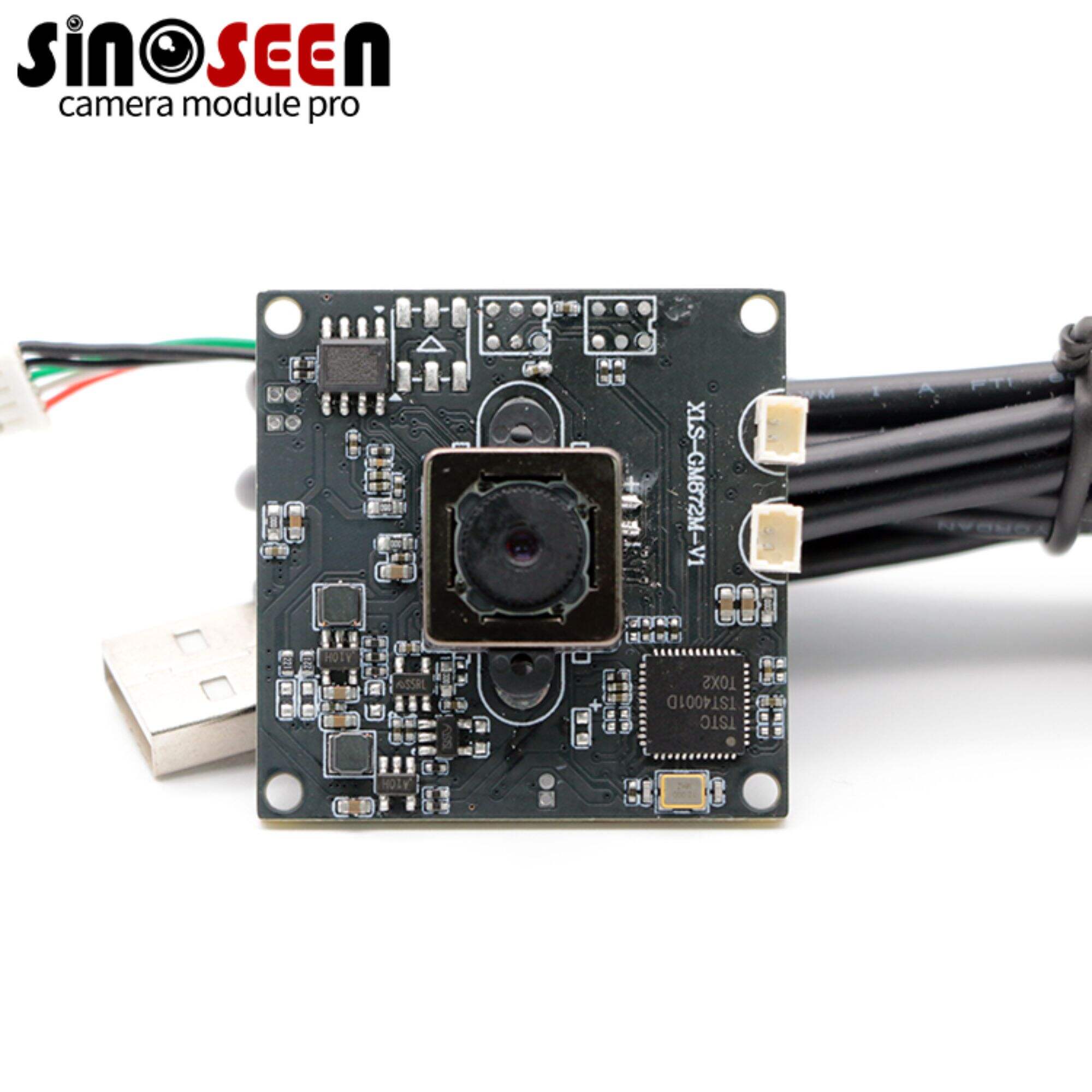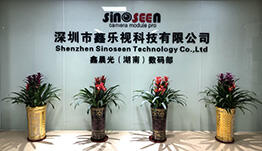What Makes Global Shutter Camera Modules Ideal for Industrial Applications?
Understanding Global Shutter Technology in Industrial Imaging
How Global Shutter Differs from Rolling Shutter
Global shutter technology captures an entire frame in a single exposure, unlike rolling shutter, which captures images line by line. This fundamental difference means global shutters minimize motion artifacts, offering a more accurate representation of fast-moving objects—essential in industrial settings where precision is key. For instance, in high-speed automated assembly lines, global shutter cameras effectively capture components in motion, reducing errors in image data. This ability is crucial for applications like automotive assembly and pharmaceuticals, where accurate imaging is non-negotiable.
CMOS Sensor Architecture in Modern Camera Modules
CMOS sensors are vital components in enabling global shutter functionality. Their architecture optimizes image quality and processing speed, making them well-suited for industrial imaging. Recent advancements have enhanced CMOS technology, allowing these sensors to perform exceptionally well in low-light or challenging environments. This improvement is supported by statistics showing a notable increase in resolution and efficiency in modern industrial applications. Enhanced CMOS sensor designs lead to better performance in nighttime conditions and improve imaging in complex settings such as warehousing and logistics.
Key Advantages of Global Shutter Camera Modules for Industry
Eliminating Motion Artifacts in High-Speed Production Lines
Global shutter camera modules are game-changers in high-speed production lines, effectively eliminating motion artifacts. Unlike traditional cameras that struggle with blurring during rapid movements, global shutter technology captures entire images simultaneously, rather than line by line, ensuring sharp images even at high speeds. This technology has been particularly useful in industries such as automotive manufacturing, where precision and clarity of moving parts are crucial for quality assurance. For instance, in automotive assembly lines, the adoption of global shutter technology has significantly reduced the defect rates, positively impacting the financial bottom line. According to industry surveys, such improvements can lead to substantial cost reductions due to decreased error rates and less rework.
Synchronization with Multi-Camera Vision Systems
Synchronization plays a vital role in multi-camera setups within industrial environments, ensuring seamless monitoring and automation. Global shutter technology is pivotal in these scenarios as it allows for precise timing and coordination among multiple cameras. This precision enables synchronized image capture, which is critical in industries like electronics manufacturing, where multiple perspectives are needed simultaneously for complex assembly processes. Synchronization enhances overall performance and reporting capabilities, allowing manufacturers to achieve higher efficiency and accuracy in quality control. By employing global shutter cameras, companies can leverage improved synchronization to streamline operations, leading to substantial enhancements in production efficiency and product integrity.
Low-Light Performance and Night Vision Capabilities
Quantum Efficiency in Night Vision Camera Modules
Quantum efficiency plays a critical role in the effectiveness of night vision camera modules, especially in industrial settings. It measures a camera's ability to convert incident photons into electrons, influencing how well it performs in low-light conditions. High quantum efficiency is essential for capturing clear images in environments with minimal lighting. For instance, a night vision camera module designed with improved quantum efficiency can drastically excel in low-light conditions, proving indispensable for security monitoring in outdoor industrial sites. According to industry data, camera modules with enhanced quantum efficiency can provide up to 40% better performance in low-light scenarios compared to standard modules. Security monitoring, especially in remote or vast industrial sites, heavily relies on these capabilities to ensure safety and operational efficiency, making quantum efficiency an indispensable metric for evaluating night vision camera modules.
Sub-1 Lux Imaging for 24/7 Industrial Monitoring
The capability of sub-1 lux imaging is pivotal for maintaining round-the-clock industrial monitoring. It allows for effective surveillance and operational oversight even in conditions bordering on complete darkness, typical in large industrial facilities. Sub-1 lux imaging is crucial for safety, allowing for the detection of potential hazards without the need for artificial lighting, thereby reducing energy costs and supporting continuous operations. Industry standards emphasize the need for such capabilities in settings like warehouses and large manufacturing floors, where lighting can be inadequate during nighttime operations. This imaging prowess ensures that even in near-total darkness, crucial activities can be tracked efficiently, thereby enhancing both safety and productivity. Sub-1 lux capabilities thus ensure that businesses can maintain operational excellence around the clock, meeting both security and operational benchmarks established by industry leaders.
Integration with 4K and High-Resolution Systems
4K USB Camera Module Compatibility
The demand for 4K resolution in industrial applications is surging, driven by the need for more detailed and clear imagery. By utilizing global shutter technologies, 4K USB camera modules are perfectly suited to meet these high-resolution needs. These modules come equipped with cutting-edge technical specifications, enabling seamless operation within modern industrial environments, enhancing both workflow efficiency and image quality. Businesses that have integrated these high-resolution systems report significant improvements in detail and clarity, driving better decision-making processes across various sectors. For instance, a manufacturing firm recently shared how integrating 4K imaging enhanced their product inspection processes by reducing errors and improving accuracy.
IMX415 Sensor Performance in Precision Inspection
The IMX415 sensor is a breakthrough for high-performance imaging in industrial applications. It stands out due to its impressive specifications, including high resolution and fast processing speeds, making it ideal for precision inspection tasks. These features ensure that every minute detail is captured, enhancing quality control and inspection efficacy. Empirical evidence supports these claims, with case studies demonstrating notable improvements in quality control metrics within industries utilizing the IMX415 sensor. For example, a company noted a 20% increase in inspection accuracy after implementing this sensor, underscoring its capability to transform industrial imaging standards.
Real-World Industrial Applications and Use Cases
Robotic Vision Systems in Automated Factories
Robotic vision systems are revolutionizing factory automation by utilizing global shutter cameras to enhance operational efficiency. These cameras play a crucial role in capturing high-speed, clear images, which are pivotal for meticulous tasks such as identifying defects and aligning components with precision. Companies integrating these advanced systems are witnessing remarkable improvements in production, achieving greater accuracy and reducing human intervention. For instance, data from the International Federation of Robotics indicates a significant productivity increase by 50% in factories implementing robotic vision systems, along with a notable reduction in errors and workplace accidents. Such innovations not only enhance operational efficiency but also contribute to creating safer working environments, marking a new era in industrial automation.
Barcode Reading and Quality Control Solutions
Global shutter camera modules are redefining the standards in barcode reading and quality control, delivering top-tier accuracy and rapid processing speeds. These capabilities are vital in supply chain operations, where efficiency and precision are paramount. Advanced imaging technologies have enabled industries to minimize errors and adhere to compliance standards, ensuring that quality control becomes more streamlined and reliable. For example, a transition to these high-quality imaging systems allowed leading companies to achieve up to 95% reduction in error rates and accelerated processing times, demonstrating the tangible benefits these technologies bring to operational success. Through these advancements, industries are better equipped to maintain quality assurance and improve throughput, meeting the demands of modern manufacturing and distribution ecosystems.

 EN
EN
 AR
AR
 DA
DA
 NL
NL
 FI
FI
 FR
FR
 DE
DE
 EL
EL
 HI
HI
 IT
IT
 JA
JA
 KO
KO
 NO
NO
 PL
PL
 PT
PT
 RO
RO
 RU
RU
 ES
ES
 SV
SV
 TL
TL
 IW
IW
 ID
ID
 SR
SR
 VI
VI
 HU
HU
 TH
TH
 TR
TR
 FA
FA
 MS
MS
 IS
IS
 AZ
AZ
 UR
UR
 BN
BN
 HA
HA
 LO
LO
 MR
MR
 MN
MN
 PA
PA
 MY
MY
 SD
SD

